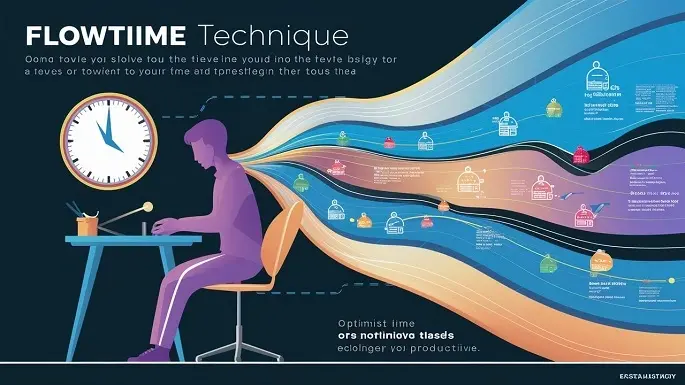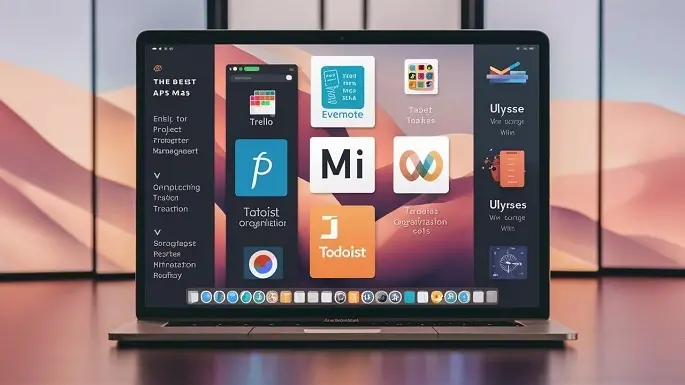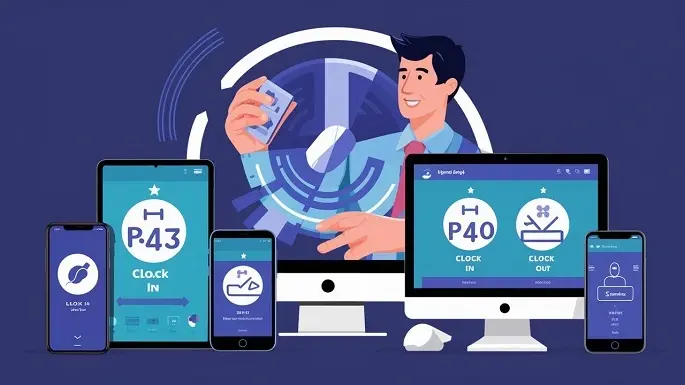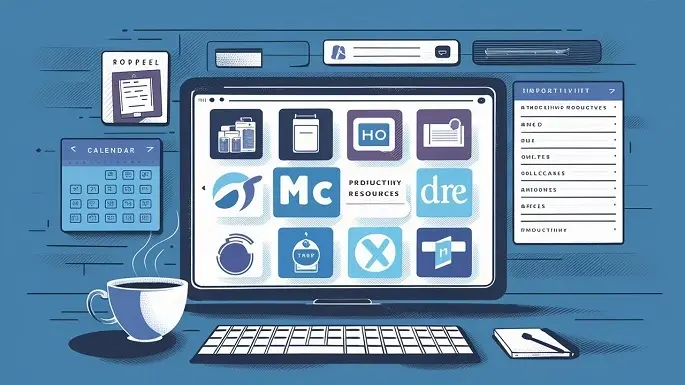Today, we live in an environment, where we are more exposed to distractions. These days it is emails, messages, notifications, and whatnot that are always waiting to be responded to and are disturbing our concentration. This makes it very hard to go into deep work and productivity. The technique which is referred to as Flowtime Technique has been developed to address this issue since it provides a proper structure of time that helps one to focus.
The Flowtime Technique is a time management method that allows individuals to complete tasks without the use of planned schedules and timetables.
The Flowtime Technique is based on the concept of working in focused, one-and-a-half-hour work “bursts” and taking breaks in between. Each 90-minute sprint is broken up into smaller intervals as follows:
Each 90-minute sprint is broken up into smaller intervals as follows:
- This means that 50 minutes of work is equivalent to this amount of calories burnt.
- The break time should therefore be 10 minutes.
- Continue with the same procedure for the next 90 minutes.
- This is done in the form of an extra 20-30-minute break to see the doctor, exercise, or just rest.
Therefore, to recap, there is one hour of focused work where you’re not interrupted, and after fifty minutes of it, you take a ten-minute break. Perform 3 sets of this cycle over 90 minutes and then followed by a longer break of 20-30 minutes before entering the next 90-minute burst.
The Benefits of structuring your workflow like this:
Improved Attention – there is reduced distraction and this means that during the 50-minute work periods, the subject can achieve a very deep level of concentration. The short breaks also mean regular mental refreshers, so the brain isn’t overloaded with work all day.
Prevents Mental Fatigue – This means that the POM technique can help prevent mental fatigue since you are free to work for a certain amount of time and take a break after a while. The break can even be longer, 20-30 min are also perfect for resting your mind and your body as well.
Increased Motivation – This is because people who work during particular time intervals are in a better position, especially when they have strict start/stop times to work with. To accomplish many segments of work may instill a feeling of ‘progress,’ which may boost motivation.
Increased energy levels- It is often the case that children and people in general have changing energy levels. The Flowtime Technique, as it is named, basically “plans” work during such periods when one gets more energy.
Productivity – One can work at a faster pace and more productively because the activities are set at intervals of 50 minutes, which is less time-wasting.
Flowtime can be defined as the amount of time that various activities take in a work environment, and the flowtime technique is used to measure this type of time in a workplace.
To effectively leverage the Flowtime Technique:
1. Select a time of the week, where you believe you are most energetic, and allocate 90 minutes to this slot.
2. They should avoid every source of distraction during the 50-minute work segments.
3. Timing is important; use a timer and stay on your breaks, even if the break is only for five minutes, make sure the break lasts five minutes, and don’t interrupt it so that you don’t get distracted.
4. Choose those tasks/ projects that demand most of your concentration to avoid trivial endeavors.
5. It is recommended to take a 10 and a 20-30 minute break where one stands and moves around.
Begin with this level of flexibility by aiming to do 1-2, 90-minute Flowtime sprints per day. When it becomes natural, the recommended number of sprints should be 4 to 5 per day to get the most out of the approach. The thing is that it’s all about how you teach the mind and body to enter a state of deep focus for hours on end. It is here important to note that leveraging the Flowtime Technique is likely to yield a massive impact on productivity.



